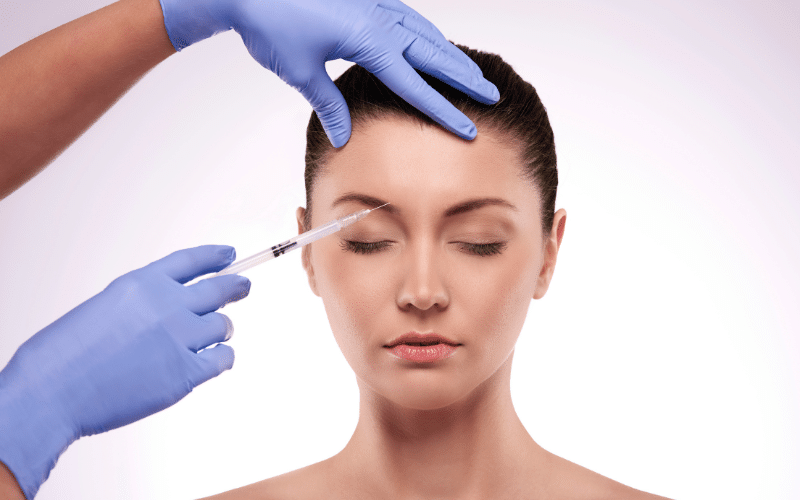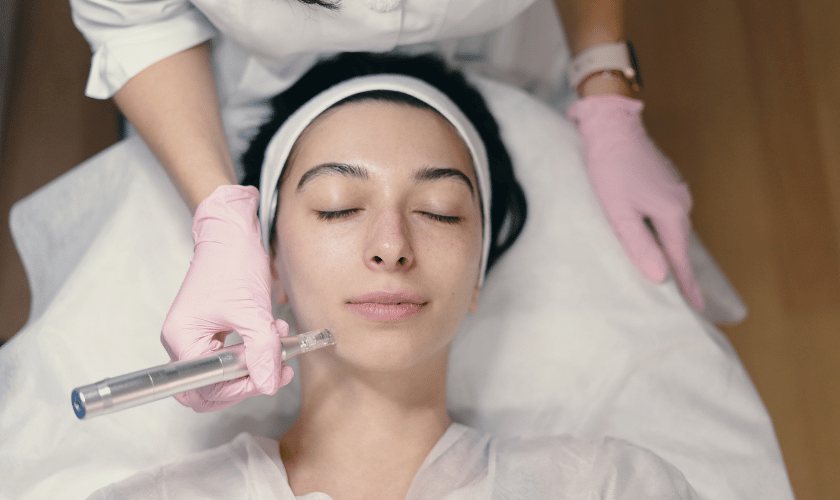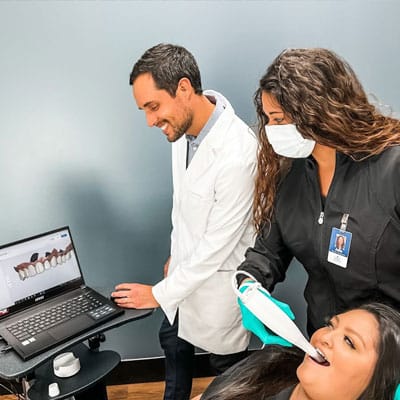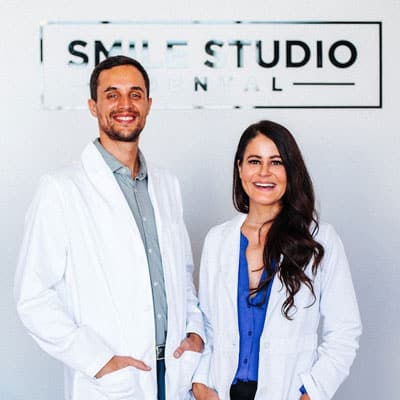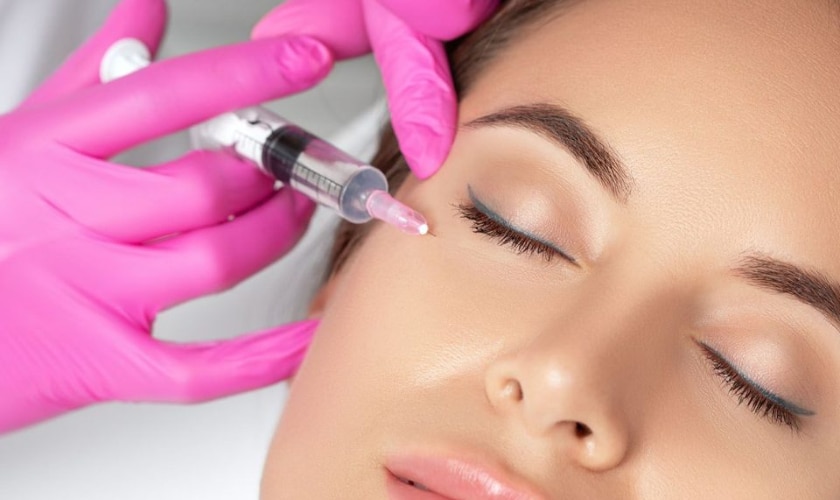
As the years go by, we all experience changes in our skin that can make us look older than we feel. Fortunately, Botox is a highly effective treatment for reducing wrinkles and fine lines to give you back your youthful glow. However, with so many options available, it can be overwhelming to determine the best schedule for Botox treatments. That’s why we’ve created this step-by-step guide to help you find the ideal timing for your appointments and get the most out of your Botox treatments!
What is Botox?
Botox is a popular cosmetic treatment that can help to reduce the appearance of wrinkles. It works by temporarily paralyzing the muscles in the face, which can help to smooth out the skin. Botox treatments typically last for around three to four months, and most people will need to repeat the treatment every few months to maintain results.
Benefits of Botox Injections
Many people are interested in improving their appearance with botox injections but are not sure how often to get them. Here we will outline the benefits of botox injections so that you can make an informed decision about your treatment schedule.
Botox injections can help to improve the appearance of wrinkles and fine lines on the face. They work by temporarily relaxing the muscles that cause these wrinkles. This can give you a more youthful appearance and help you to feel better about yourself.
Injections can also be used to treat other conditions such as migraines, excessive sweating, and muscle spasms. Botox can provide relief from these conditions and help you to live a more normal life.
If you are considering getting botox injections, it is important to consult with a qualified doctor or dermatologist first. They will be able to assess your individual needs and recommend a treatment schedule that is right for you.
How Often Should You Get Botox?
How often you should get Botox depends on many factors. The most important factor is how quickly your body metabolizes Botox. If you have a fast metabolism, you may need to get Botox more often. Other factors include the severity of your wrinkles, how long you want to keep your results, and your budget.
Most people get Botox every three to four months. This allows you to maintain your results without breaking the bank. If you have deeper wrinkles, you may need to get Botox more often. You can also space out your treatments if you want to save money.
If you are new to Botox, it is best to start with a treatment every four months. This will give you time to see how your body reacts to the treatment and how long the results last. You can then adjust your schedule accordingly.
Factors to Consider When Making a Schedule
When making a schedule for your Botox treatment, there are several factors to consider. First, you need to decide how often you want to have the treatment. This will depend on your desired results and how quickly you want to see them. Generally, treatments are given every 3-4 months.
Another factor to consider is the time of day that you have the treatment. Many people prefer to have their treatment in the morning so they can go about their day without worrying about it. However, some people find that having the treatment in the evening helps them relax before bed.
Finally, you need to consider your budget when making a schedule for your Botox treatment. Treatments can be expensive, so you need to make sure that you can afford to have them done as often as you want. Talk to your doctor about payment options and look for discounts or coupons that can help reduce the cost of your treatments.
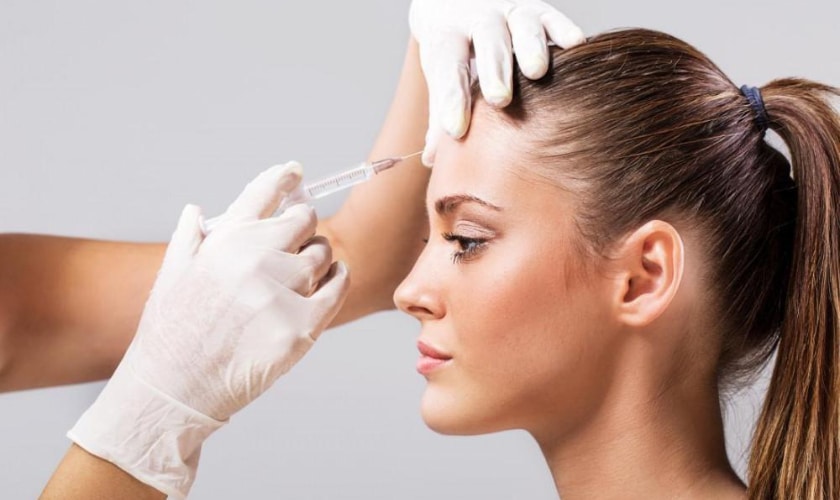
Pre and Post-Care Tips
Pre-care:
1. Talk to your doctor about your medical history and what, if any, medications you are taking that could affect your treatment.
2. If you have a history of cold sores, your doctor may prescribe an antiviral medication to take before your treatment.
3. Avoid alcohol and blood thinners (such as aspirin) for at least 24 hours before your treatment.
4. Arrive at your appointment with a clean face free of makeup or lotions.
5. Let your doctor know if you have recently been sunburned or have had any other skin treatments, such as a chemical peel or laser resurfacing.
Post-care:
1. To help reduce bruising and swelling, apply ice to the treated area for 10 minutes at a time on the first day after treatment.
2. Avoid strenuous activity for at least 24 hours after treatment.
3. You can resume wearing makeup 24 hours after treatment, but avoid applying it directly to the treated area for the first few days.
4. Keep your head upright as much as possible for the first four hours after treatment, and sleep with your head elevated on pillows for the first night if possible.
Additional Treatments that Complement Botox
In addition to regular Botox treatments, there are a number of other treatments that can complement your results. These include:
-Dysport: Dysport is similar to Botox, but it works slightly differently. It can be used in conjunction with Botox to achieve optimal results.
-Fillers: Fillers can be used to add volume to the face, which can help to diminish the appearance of wrinkles.
-Lasers: Lasers can be used to stimulate collagen production, which can help to improve the appearance of wrinkles.
-Microneedling: Microneedling is a treatment that uses tiny needles to create micro-injuries in the skin. This stimulates collagen production and can help to improve the appearance of wrinkles.
Alternatives to Botox
If you are looking for alternatives to Botox, there are a few options available. One option is Dysport, which is similar to Botox but has been shown to work slightly faster. Another option is Xeomin, which is a newer product that is also similar to Botox. There are also a number of topical products that can be used as alternatives to Botox, including retinoids, Vitamin C serums, and hyaluronic acid fillers.
Some Points to Remember
Botox is a great way to reduce the visible signs of aging. However, it’s important to know when and how often you should have your Botox treatments in order to get the best results. With this step-by-step guide, you can easily determine the ideal schedule for your own unique needs so that you can enjoy beautiful skin for years to come. Don’t forget – always consult with an experienced professional before starting any type of medical treatment!
The ideal frequency of botox treatments depends on your individual goals and desired results. For most people, treatments are typically scheduled every 3-4 months in order to maintain results. However, touch-ups may be needed sooner if you have a particularly active facial expression or are exposed to excessive sunlight or other environmental factors that can break down the botox.
Again, this varies depending on the individual. However, most people report that their botox results last for 3-4 months before needing a touch-up.


